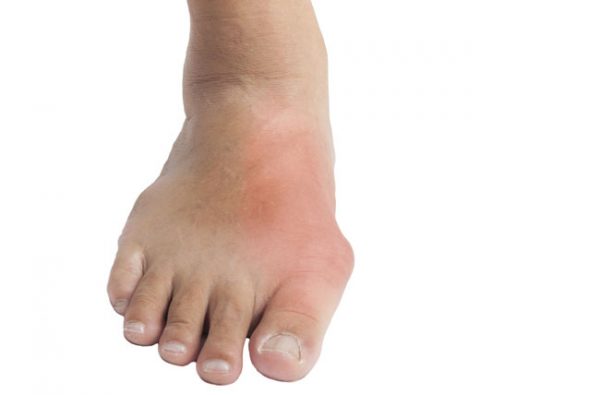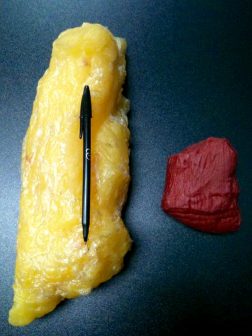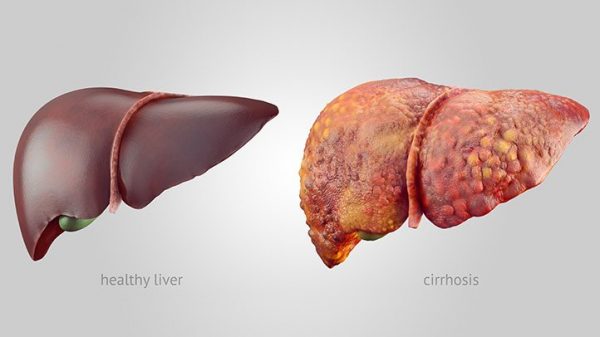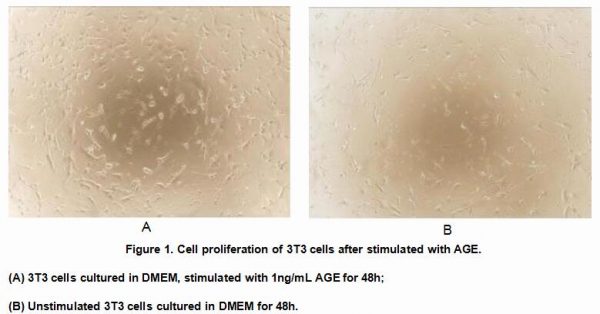Today, we’ll continue off our last blog which explained how Peter and Alan metabolizes the sugar glucose, by going into the metabolism of the other sugar – fructose!
As mentioned in the last blog, fructose is an entirely different kind of sugar than glucose. Fructose isn’t actually that prevalent in nature; only a few sources like fruits which gets harvested once or twice a year, or honey which is again quite scarce.
These days, however, it’s usually found in many food items, mostly in the form of sucrose which is just table sugar that is comprised of one glucose molecule and one fructose molecule.
Food items such as: candy, chocolate bars, cereals, granola bars, protein bars, ketchup, salad dressings, fruit juices, fruit smoothies, yoghurt (if added sugars), milkshakes, milk tea (if added sugars), coffee (if added sugars), ice cream, sweet pastries, all sweet desserts, the list goes on but basically anything sweet, will have fructose.
The above list of food items may also use another food substance that is almost equivalent to sucrose, and that his high fructose corn syrup (HFCS). This is engineered fructose from taking corn starch and adding an enzyme to turn it into fructose. It’s approximately 55% fructose and 45% glucose so very similar to sucrose which is 50/50.
Now that we got the formalities out of the way, let’s look at what happens when either Peter (very fit and active and generally eats healthy) or Alan (doesn’t exercise, eats a lot of fast food and snacks) drinks a glass of orange juice.
Unlike a bowl of white rice, orange juice is pretty much made up of all sucrose, so it is half glucose and half fructose.
But one unique property of fructose is that it can only be metabolized in the liver, whereas 80% of glucose can be metabolized by all the organs in your body. By consuming a small glass of orange juice, the liver has to work almost 3X harder to metabolize the fructose, than consuming the same amount of calories in white bread which is 2 slices of white bread.
So point #1 is a volume issue. You’re overloading the liver.
Wait, there’s more.
When fructose enters the liver, it begins to cause chemical reactions (AMP deaminase) that end of forming uric acid. High levels of uric acid causes the disease gout, but it also causes high blood pressure because your body doesn’t produce nitric oxide which is a natural blood pressure lowering agent.

Source: https://www.pennmedicine.org/for-patients-and-visitors/patient-information/conditions-treated-a-to-z/gout
There’s more.
After a few more chemical reactions that happen, we have pyruvate which enters the mitochondria of your liver cell and is responsible for making energy (ATP). It changes to Acetyl CoA which is where we hit the fork in the road.
If Peter eats the fructose, then the Acetyl CoA can go through the Kreb’s Cycle which is aerobic metabolism and can be burned off as fuel depending on how much fructose he eats (because remember, high volume of fructose hits the liver – not like glucose).
But for Alan, who doesn’t exercise and eats too much junk food, it goes to a different pathway and actually gets converted into triglyceride (aka. fat!) and packaged into carriers called VLDL. And because there’s so much of it from point #1 above that Alan makes a lot of VLDL which leads to higher risk of atherosclerosis (plaque formation in the arteries). Atherosclerosis causes heart attacks and stroke.
So similar to glucose metabolism from the previous blog, Alan will process the fructose into fat – just much, much more fat.
Some of the fat produced will leave the liver and embed themselves in muscle cells causing non-lean muscle mass (opposite of lean muscle – duh!). This is why we like Wagyu beef. Because the fat is in between the muscle cells (intramuscular fat) and makes the steaks tender and juicy. This is called marbling and is also why they feed Wagyu cows carbohydrates like corn, so they can fatten up and sell for a higher price.
As this process continues, the muscle cells become insulin resistant because the fat that gets embedded in the muscle interferes with the insulin receptors. You are essentially becoming well-marbled. Yum.
But wait, there’s more.
Some of the fat produced in the liver stays in the liver. They don’t make it out and when that happens, your liver becomes fatty. Hence the disease, non-alcoholic fatty liver disease which eventually becomes scarred and then you have cirrhosis which can lead to liver failure.
When the liver becomes fatty, it also becomes insulin resistant. Which means the pancreas has to work overtime to produce even more insulin to force it in the liver (and also to the rest of your body which is probably insulin resistant too). This chronic state of high insulin levels causes your blood pressure to rise, and the body to make even more fat. It even blocks leptin which is the hormone that tells your brain that you are full and don’t need to eat. On top of that, high insulin levels cause all kinds of diseases including cancer, heart disease, stroke, type 2 diabetes, obesity, Alzheimer’s disease.
What we have now is a vicious cycle of getting fatter and sicker.
Of course, this doesn’t immediately happen when you ingest fructose or sugar, but rather gradually over time like months and years. Having said that, there have been studies to show these effects can happen in as early as days depending on just how much sugar you eat.
Even if your metabolic health is closer to Peter than Alan, that doesn’t give you a free pass to all the negative effects of sugar. Sure, you have more ability to burn the energy before it becomes fat and setting off the vicious cycle, any amount of sugar will increase the risk of AGEs accumulation (mentioned in last blog) which can happen before your body has a chance to burn it as fuel. AGEs makes you age faster as well as increase the risk of all diseases mentioned above.
Hopefully, you have a better understanding of why fructose or sugar is such a destructive force in your body and how a sedentary lifestyle only makes things worse.
Unfortunately, this is what’s happening all around us. You see it everyday – the commuters in the morning as they are eating their unhealthy breakfast with their sugary morning beverage of choice as they rush to their stressful day at work. Lunchtime is not much better followed by the usual sweet afternoon snack to pick up your sleepy afternoon dead-zone. Then you have dinner with the accompaniment of alcohol (which gets metabolized the same as sugar in your liver). And this repeats day in and day out.
Perhaps this analogy can help encapsulate the point: your body is like a high-tech biological engine. But imagine dumping in all the sugar you consume into the gas tank of a Ferrari – see how well it runs then!
Fortunately, this metabolic derangement can be stopped and even reversed if caught early enough. The solution, should be evident to you by now but if not, I’ll summarize:
- Reduce as much as possible all sugar consumption.
- Eat less starchy foods (glucose).
- Exercise to burn excess sugars before they start the vicious cycle of metabolic derangement (Exercise is not for burning calories! More on this in a later blog.).
If you ever tried Olive Branch’s ACT class, then you’ll no doubt have been exposed to one of the most excruciating, self-inflicted pain there is to know. And there’s good reason why it’s designed that way. We are trying to very aggressively burn off as much glucose as possible in the most efficient and effective way. There is some meaning in the madness.
I think this is a good time to stop now but some of you may have even more questions than when we first started. I don’t want to sound overly-dramatic but this is one of the most important things you can do to improve your health.
So, if you have any questions or if there are any parts you don’t understand please comment below and I promise to answer every one of them.
Stay tuned for my next blog ‘Why Is ACT So Hard?’




Pretty! This has been an extremely wonderful post. Thank you for providing these details. Maddie Ikey Thielen